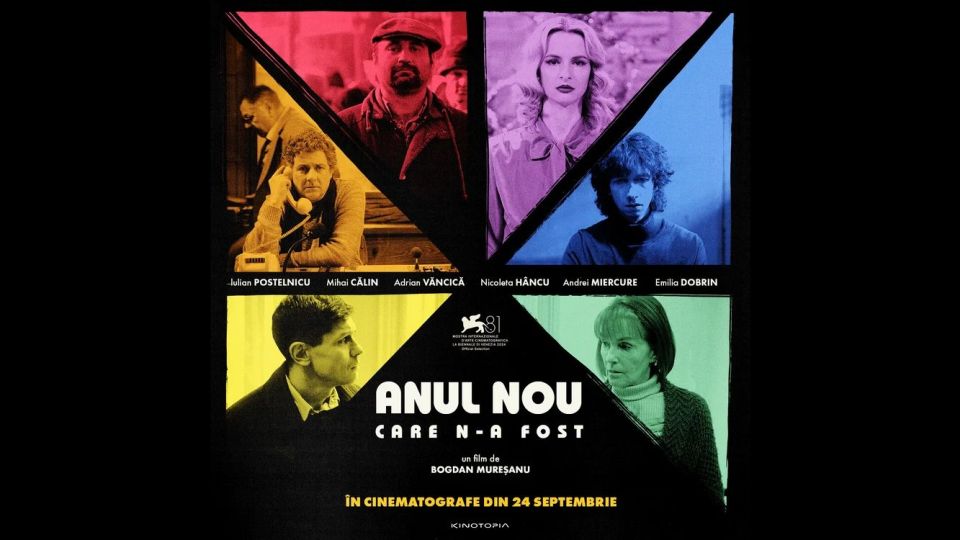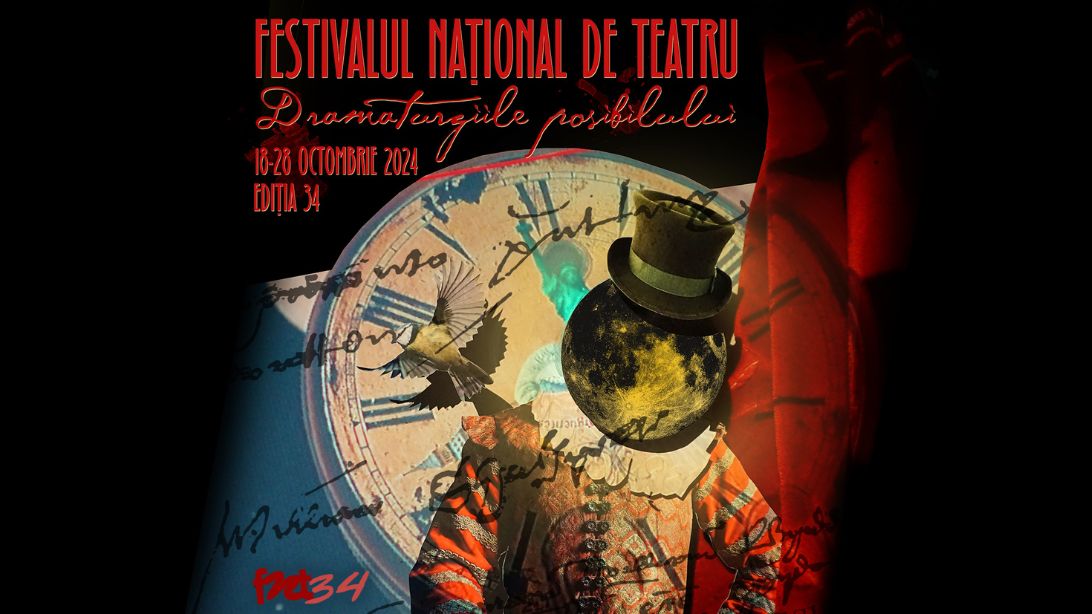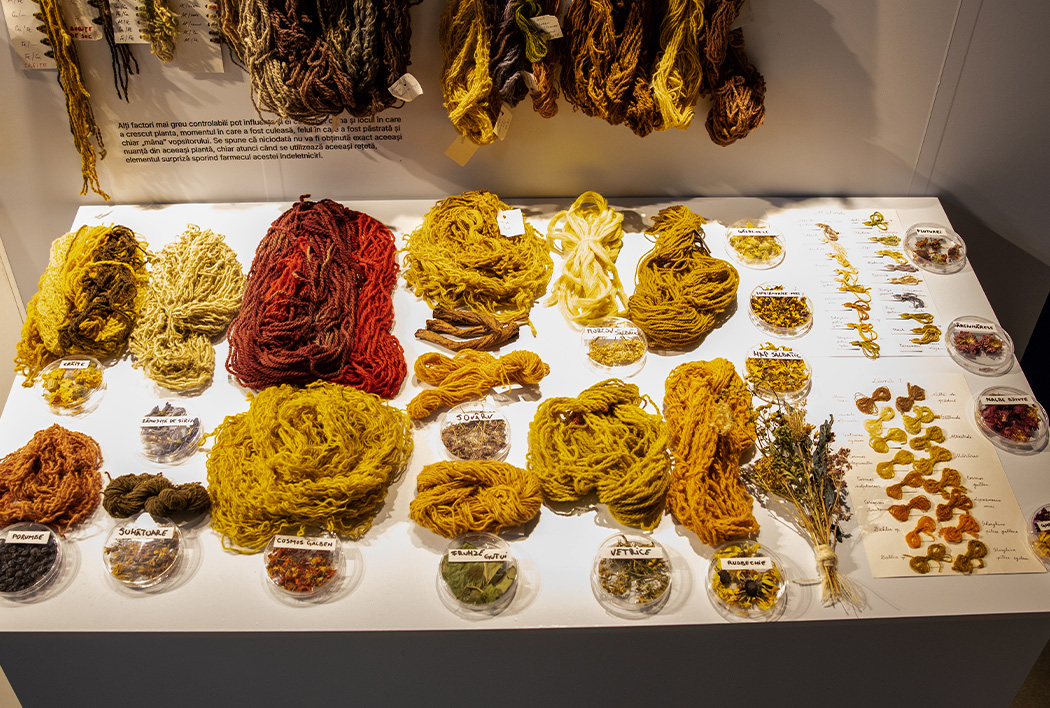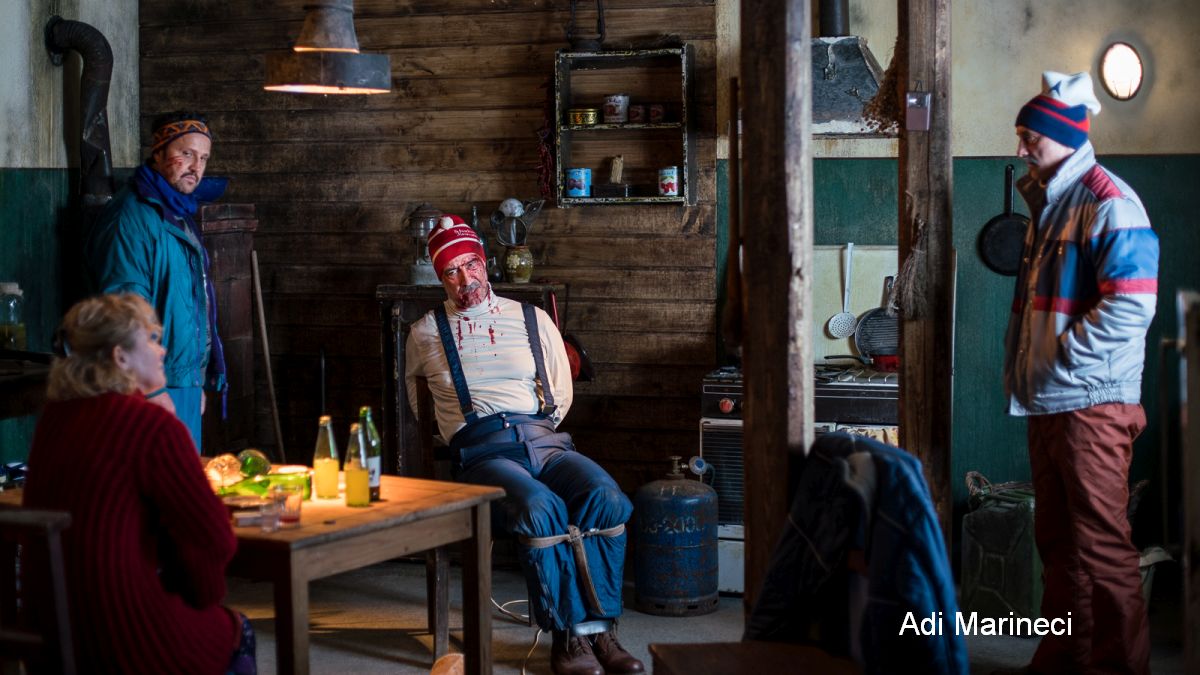Constantin Antonovici, a student of Brancusi
Today's edition feature Constantin Antonovici as part of our ongoing contest devoted to him.
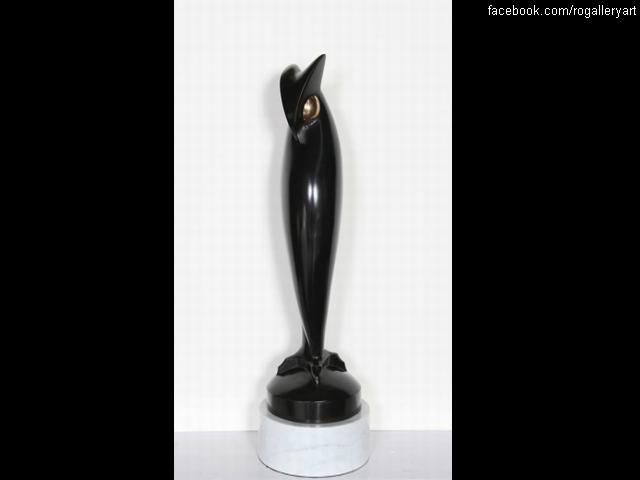
România Internațional, 26.12.2015, 13:39
After graduating from the Arts Academy in Iasi in 1939, Constantin Antonovici left the country to work for six months in Ivan Mestrovics studio in Zagreb. In the autumn of 1941, he was admitted at Akademie der Bildenden Kunste in Vienna, and in 1947 he settled in Paris, where he met Brancusi, and worked for the next four years in his studio. In 1951 he left for Canada, and in 1954 he moved to New York, to obtain American citizenship in 1959. Critic Mihai Plamadeala tells us more about the work of Constantin Antonovici and the sculptors encounters with famous artists:
“The owl motif is recurrent in Antonovicis work, in fact he is dubbed the ‘owl sculptor. The four years spent together with the founder of modern sculpture must have left their imprint on Antonovicis outlook on art. But, as Brancusi himself said upon leaving Rodins workshop, ‘nothing grows in the shadow of big trees. The document signed by Constantin Brancusi on May 9, 1951, which reads, ‘I hereby certify that Mr. Constantin Antonovici has great talent in sculpture and arduously works at it is atypical and, in my view, it can hardly be authenticated. Otherwise, I can see no influence of Brancusis thinking in the works of Antonovici. Antonovici focused on animal shapes. He is a sculptor who searched for guidance, and in the studios where he worked he sought to learn, to improve, to perfect his skills. What matters is that he didnt copy or mimic Brancusis work, and this is a proof of common-sense and good measure, which is worth nothing.
Critic Mihai Plamadeala also reviewed for us the most important exhibitions and works by Constantin Antonovici:
“The most notable exhibitions of Constantin Antonovicis works were organized by several galleries in Paris. Worth mentioning are also the ones at Corcoran Arts Gallery in New York, and he also had exhibitions in Philadelphia. He was also awarded an important prize by the Accademia Italia. One of his major works is a large-scale statue made for the tomb of Bishop William T. Manning. In Romania, the sculptor made a bust of Voltaire and the altarpiece for the cathedral in Jimbolia, I dont know whether these works are officially included in the national heritage list. Works by Antonovici can be found especially in private collections, but many others are on display in galleries in the USA.
Doina Uricariu and Vladimir Bulat put together a catalogue of the works of Constantin Antonovici. Entitled “Antonovici: 1911-2002: Sculptor on Two Continents, the bilingual, Romanian-English volume was released by Universalia Publishers in the US. Here is art critic Mihai Plamadeala again:
“The first merit of the monograph edited by Doina Uricariu and Vladimir Bulat, with support from Steven Benedict, is that it aims at bringing back home a Romanian-born international artist who is little known by the larger audience. The book, which is in fact a ‘catalogue raisonne, brings information about the life and activity of sculptor Constantin Antonovici, who is entitled to finding the right place in Romanian art. Until then, the book, which is the main means by which Constantin Antonovici can get to be known in our country, facilitates three types of approach, as it is an artistic biography, a presentation of the artists work and also establishes the connection with famous names and internationally acknowledged trends. Whether there is a connection between Antonovicis owls and Picasso, Henry Moore or Juan Miro…thats debatable. Beyond that, Antonovici is one of the sculptors who deserve to and must be known in Romania.
If the central theme of his work was the owl, which he presented in various shapes and hypostases, Constantin Antonovici also authored other pieces of art, such as the 2-meter high cross on the western façade of the St. John the Divine Cathedral in New York, on Amsterdam Avenue. Also, he is the author of the bust of president Dwight Eisenhower at the White House.
(Translation by A.M. Popescu and M. Ignatescu)

